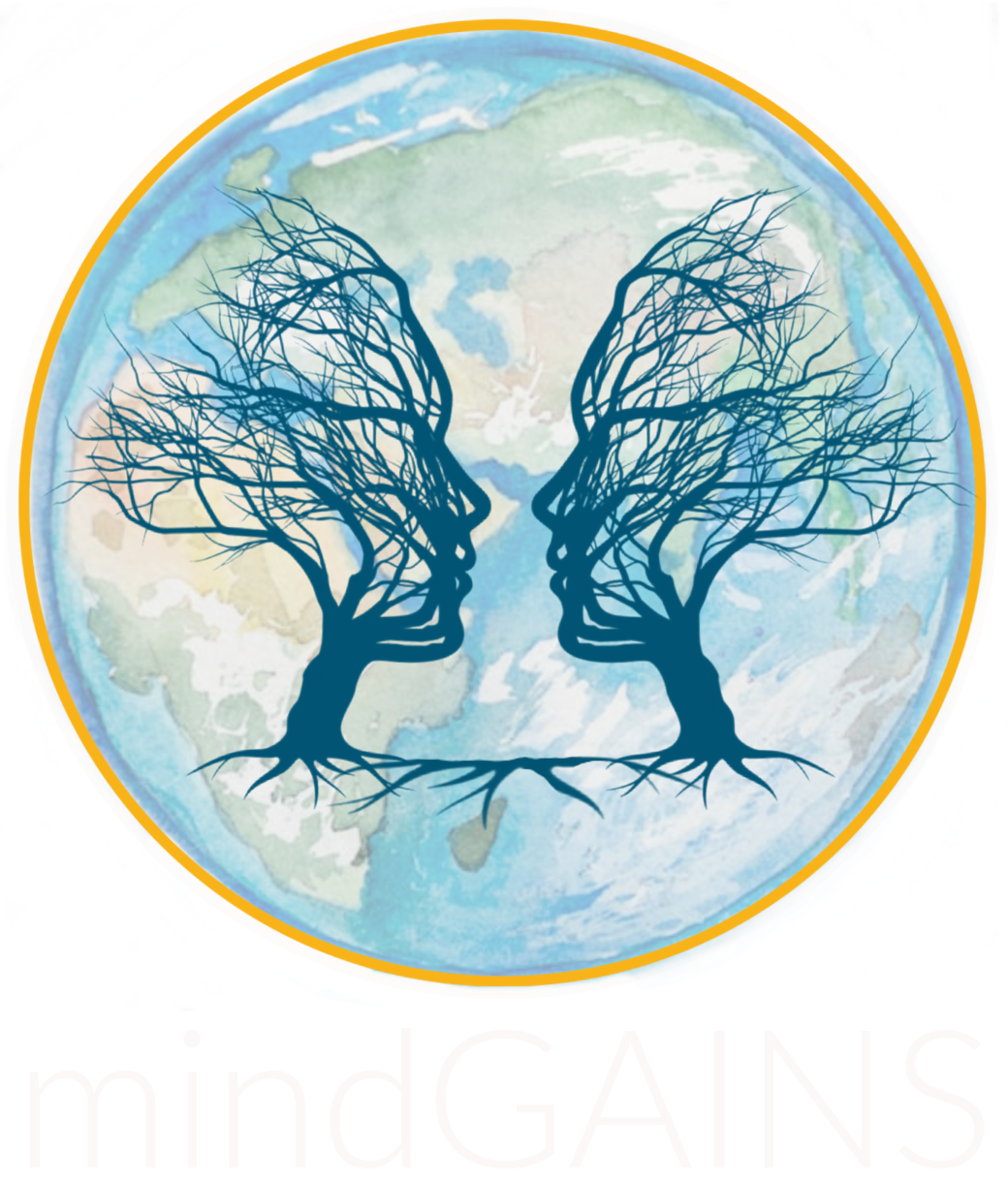By Lynn Redenbach
What does it mean to be a leader who embraces IPNB in practice? What principles inform the doing and being of leading from an IPNB perspective? Considering the centrality of MWE (Siegel, 2017) across all domains of human experience, how do IPNB-informed leaders describe their development and identity? What principles resonate in practice? How are the resulting reverberations experienced within and between?
These and many other questions preoccupy me as a practitioner-scholar, who is entering the research phase of a doctoral program in leadership and change in healthcare. I am so fortunate to have an opportunity to bring a systemic inquiry to the field of leadership studies that I believe holds promise to better understand the who, what, when, where, how, and why of an IPNB-informed leader’s practice, development, and identity.
I come to this research with a belief that IPNB offers a complexity to the field of leadership that is not ordinarily offered. Throughout my studies I have learned many valuable approaches to leadership, however, when viewed through the lens of the Triangle of Well-Being (Siegel, 2011) these approaches often focus only on one or two of these primes of human experience. For example, although brain-based approaches to leadership have begun to emerge, the focus is more often than not dominated by left-mode considerations where knowledge of the brain is applied to how leaders manage their emotions and relationships. Considered from an IPNB perspective this leaves out the embodied experience of mind, brain, and relationships, present moment by moment in the experiences of leadership.
As a leader in a non-profit mental health organization, I strive to bring IPNB-informed practices not only to how I am – my being-ness in leading – but also into the practices that I enact and sometimes teach or coach others to consider. This process is sometimes subtle and quietly informative, and at others transparent and direct. For example, I have used the River of Integration (Siegel, 2011) to assist me in recognizing when my system has moved too far into the chaos of anxiety, or dropped into rigid patterns of retreat and avoidance when faced with entrenched and damaging dynamics in the organization that at times seem immovable and stuck. I also draw the River on a white board during our meetings, so that we can, as a group, begin to track and recognize where patterns of communication veer away from the flexibility, adaptability and coherence that fosters the energy and stability our organization so desperately needs (Siegel 2011).
As I have embarked upon this leadership journey, I am hungry to explore with other IPNB-informed leaders how they integrate the complexity of what it is to be and act using this framework to guide their internal and relational ways of being and doing. I am therefore thrilled that two ground-breaking scholars in the field of leadership, Dr. Peter Senge and Dr. Otto Scharmer, are speaking at this year’s IPNB conference, Timeless Wisdom, Timely Action.
Although I had been exposed to Senge’s early work during a doctoral learning achievement, my first introduction to his partnership with Scharmer occurred in the Fall of 2015. I, along with my friend and fellow GAINS board member, Mandy Shewfelt, had the good fortune of spending time with Dr. Dan Siegel who, over dinner and a car ride (the absolute best places to have a good conversation!) gave me some advice about new innovations in approaches to leadership that had captured his attention. At the top of Dr. Siegel’s list was the work of Scharmer and Senge (2004) dubbed Theory U, where the traditional notion of the charismatic leader is tossed on its head and leadership is considered from a place of embodied wholeness, which allows for emergence among all involved.
Leading from this position honors the relational in between, where the monitoring and suspension of assumptions is central to creating safe space for all involved to experience the trust and openness for dialogue. This can be juxtaposed with more traditional leadership models where relationships are managed and frameworks are imposed upon situations that need attention. Instead, the U guides an emergent process through three core movements: sensing, which is positioned at the left top of the U; descending into presencing, which rests at the bottom of the U; and realizing, where action takes place at the top right of the U (Senge et al., 2004). Rather than steps that are imposed and followed, these movements are fluid, relational, and hold the complexity of what it means to come together, leaning into change, allowing for emergence to happen.
Reflecting on this process, I am reminded of Siegel’s (2011) Domains of Integration, which provide a clear lens to grasp the complexity of energy and information flows within and between individuals, teams, and organizations. Most particularly, I see how movement through the U engages vertical and bi-lateral processes by suspending top-down constraints, and allowing for bottom-up energy and information to move into consciousness. This is a highly interpersonal process as well, both within and between, linking through honoring and deeply understanding differences between states as well as each individual involved, be it a dyad, team, or entire organization. Temporality is intentionally engaged, honoring memory in the present moment to enrich and inform, as the future is consciously engaged to inform the movement(s) of change and growth. A narrative unfolds as language is brought to this unfolding process, particularly bringing coherence in sharing experiences of sensing, presencing, and realizing.
As I write this, I am imagining this in practice and reflecting on the power and possibility such a process holds for organizations facing complex problems that do not respond to the technical solutions offered by traditional models of managing and leading. Returning again to the Domains, I consider the transpirational movement as leaders engage with this process, holding open the space for others to sense, to be present, and to realize what emerges as a whole; and then, as complex living systems do, looping back in self-organization and renewal as the continuous processes unfolds in ongoing evolution and growth. I also am allowing curiosity and excitement to rise within me as I look forward to the conversation I am about to witness at the IPNB conference as well as the research I am about to embark upon. These are timely conversations, as the title of the conference suggests. Let us dialogue together and lean into a future that is thirsty for generative ways of leading.
Lynn Redenbach, RPN, MA, RCC has been honored to serve on the GAINS Board for the past six years, currently as the Vice President. Living in British Columbia, Canada, Lynn is both a doctoral student in Leadership and Change (Healthcare Concentration) and a Clinical Manager in a non-profit mental health organization on Vancouver Island. If you or someone you know is a healthcare leader who uses IPNB and are interested in being a part of Lynn’s doctoral research, please contact her at info@lynnredenbach.com.
Works Cited:
Senge, P. (1990). The Fifth Discipline: The Art & Practice of the Learning Organization. New York, NY: Doubleday.
Senge, P., Scharmer, O., Jaworski, J. & Flowers B.S. (2004). Presence: Human Purpose and the Field of the Future. New York, NY: Random House.
Siegel, D. (2011). Mindsight: The New Science of Personal Transformation. New, NY: Bantam Books.
Siegel, D. (2017). Mind: A Journey to the Heart of Being Human. New York, NY: W.W. Norton & Company.

